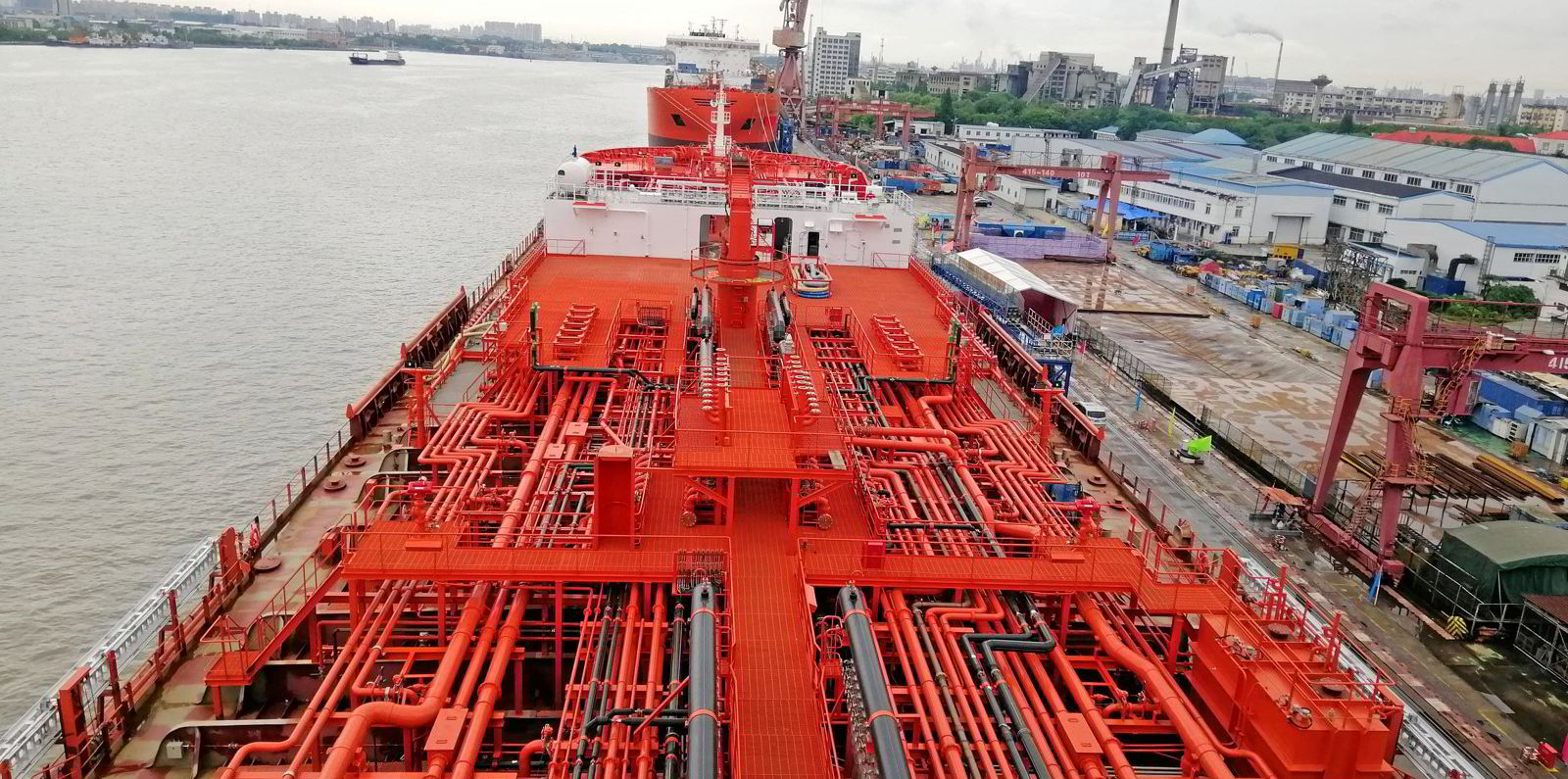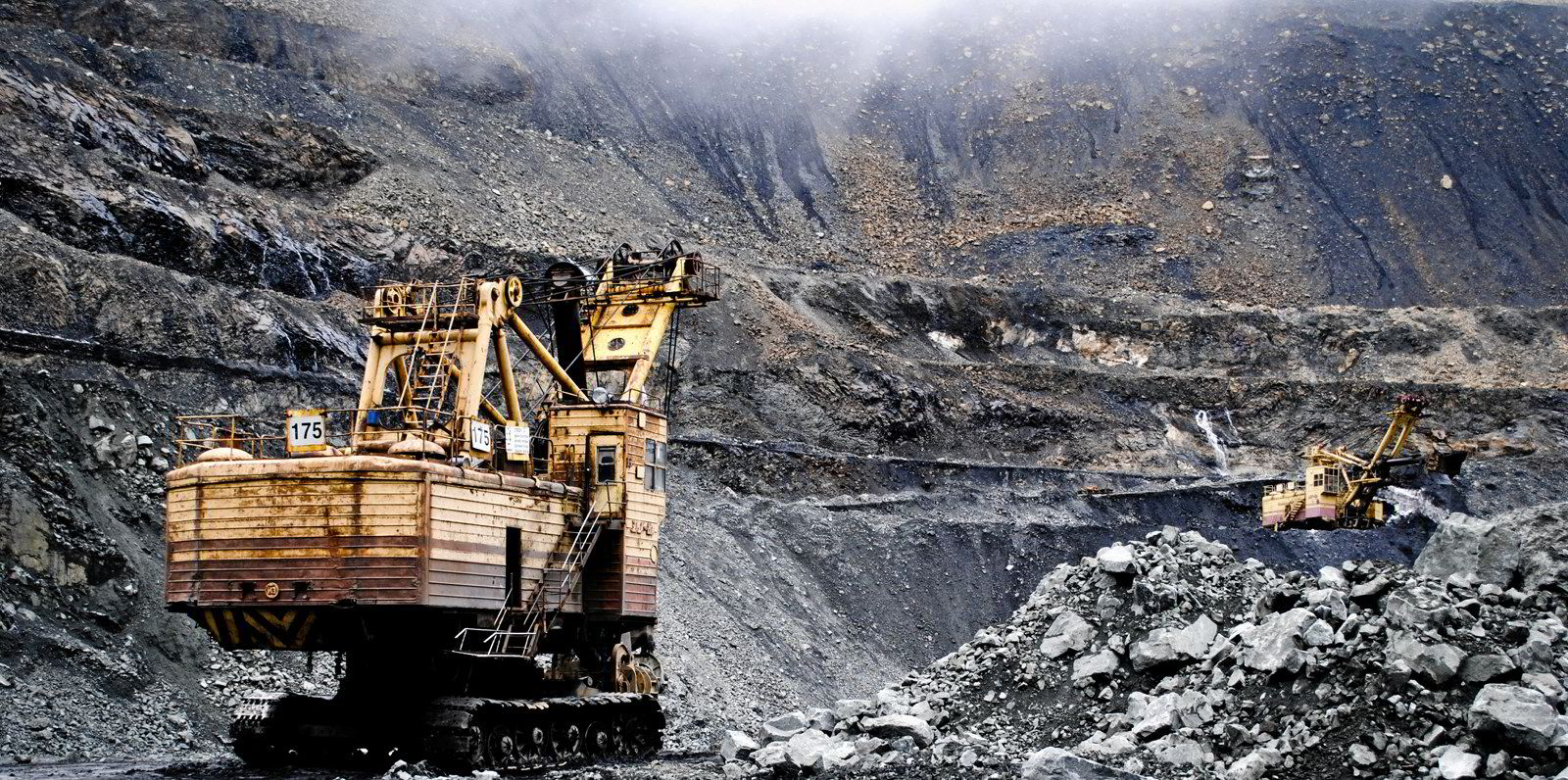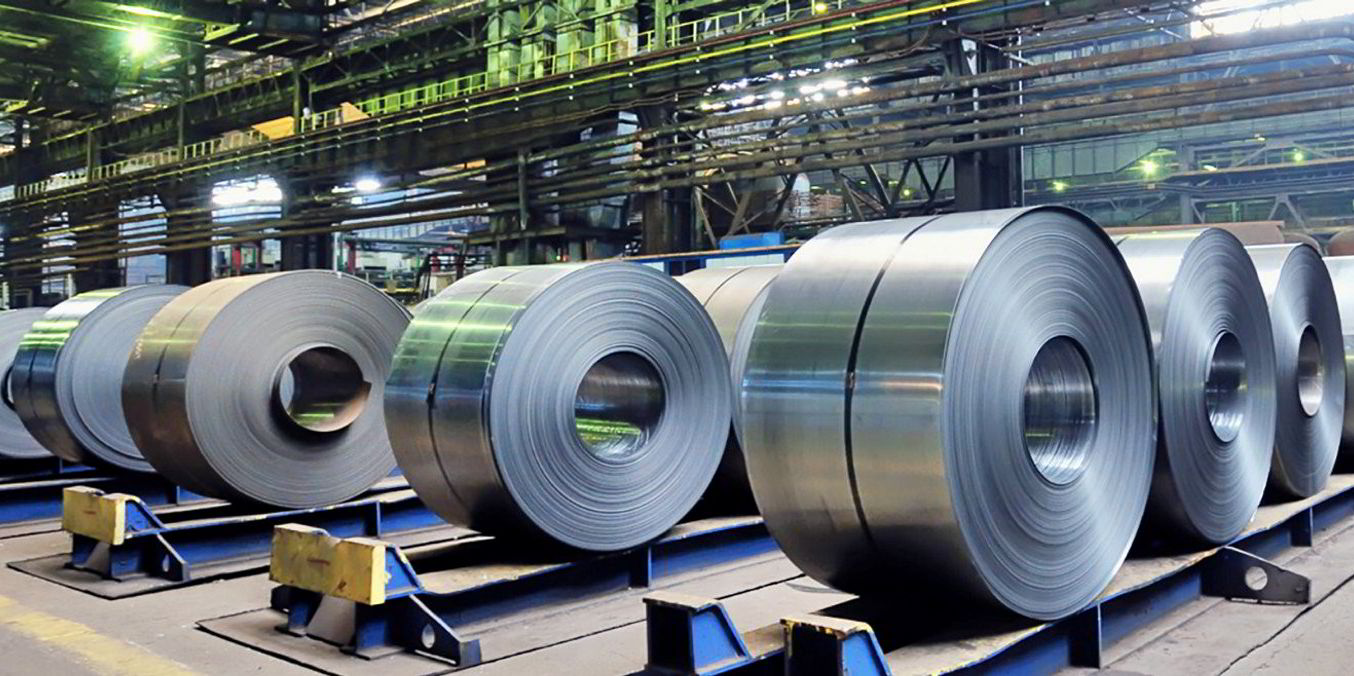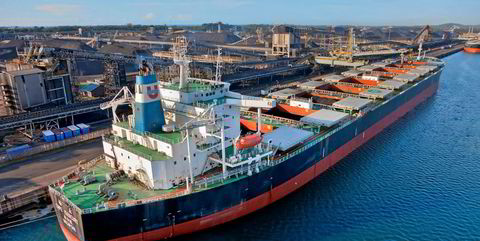Soaring and volatile nickel ore costs are pushing up prices for newbuildings with stainless steel and other alloy content forcing some shipbuilders to shy away from quotes on vessels.
Shipbuilding market sources said yards constructing tankers with stainless-steel tanks, such as LNG carriers and LPG carriers, are having to contend with the surge in nickel ore prices — a key material in the manufacture of stainless-steel plate and cryogenic tanks.
The sources said the price of plate has increased by 30% in the past two months and its supply is unstable due to the sharp fluctuations in nickel ore prices, which is making manufacturers hesitant on production.
The price of nickel ore has almost doubled to $28,000 per tonne from $15,000 per tonne last year.
The metal briefly shot up to the $100,000-per-tonne level in early March when China’s Tsingshan Holding Group, one of the world’s top producers of stainless steel, bought large amounts to hedge its bets on the ore mineral.
The sudden spike in the metal price had caused the London Metals Exchange to halt nickel trading for a week. Nickel futures have since corrected to about the $31,500-per-tonne level.
A shipyard manager said his company is “caught in a limbo under the current unpredictable price of nickel ore”. His shipyard has temporarily stopped marketing activities of stainless-steel tanker newbuildings until “things become more stable”.
He said it is impossible to quote on the newbuildings based on the current uncertain market.
“If we quote a higher price on the newbuildings, shipowners will not order the vessels,” the yard manager said. “We hope the market will normalise by the second or third quarter of this year. But nobody knows.”
- More than two-thirds of global nickel production is used to produce stainless steel.
- Indonesia was the largest producer of nickel ore in 2021, producing 1m tonnes, followed by the Philippines on 370,000 tonnes and Russia on 250,000 tonnes.
- The top three nickel ore producers in 2020 were Russia’s Nornickel with 236,000 tonnes, Vale of Brazil on 215,000 tonnes and Swiss trader Glencore on 110,000 tonnes.
Another shipbuilding source said that some owners that were looking to upgrade their tanker newbuildings to comply with the International Maritime Organization’s Tier III NOx emissions standards are having to ditch this option as charterers were not willing to pay for the extra in-hire costs caused by the price hikes.
“Unlike the bulk carriers and container ships, the earnings on the tankers is not as strong,” he said.
Shipyards building LNG carriers, LPG vessels and dual-fuelled vessels fitted with LNG bunker tanks are also affected by the rising cost of nickel and stainless-steel plate.
Newbuilding technical advisors pointed to French designer GTT’s NO96 membrane-type cargo containment system, which uses Invar — a 36% nickel-steel alloy — in its two 0.7mm thick barriers.
One said the price rise for Invar, on the back of its nickel content, had pushed up total prices — including royalties, material and labour — for this type of cargo containment system by 2% to 3%. A typical 170,000-cbm LNG carrier contains about 160 tonnes of Invar.
But cryogenic tank specialists said this is small in comparison with Hyundai Heavy Industries’ type B high nickel steel tanks, which are designed for LNG bunker tanks, and the widely used cylindrical type-C tanks, both of which have a 9% nickel steel content.
A shipyard executive said Western sanctions on Russia over its invasion of Ukraine have sparked concerns over the supply of nickel ore and further price rises in the metal.
Russia is the world’s third producer of the metal and constitutes about one-tenth of global supply.







